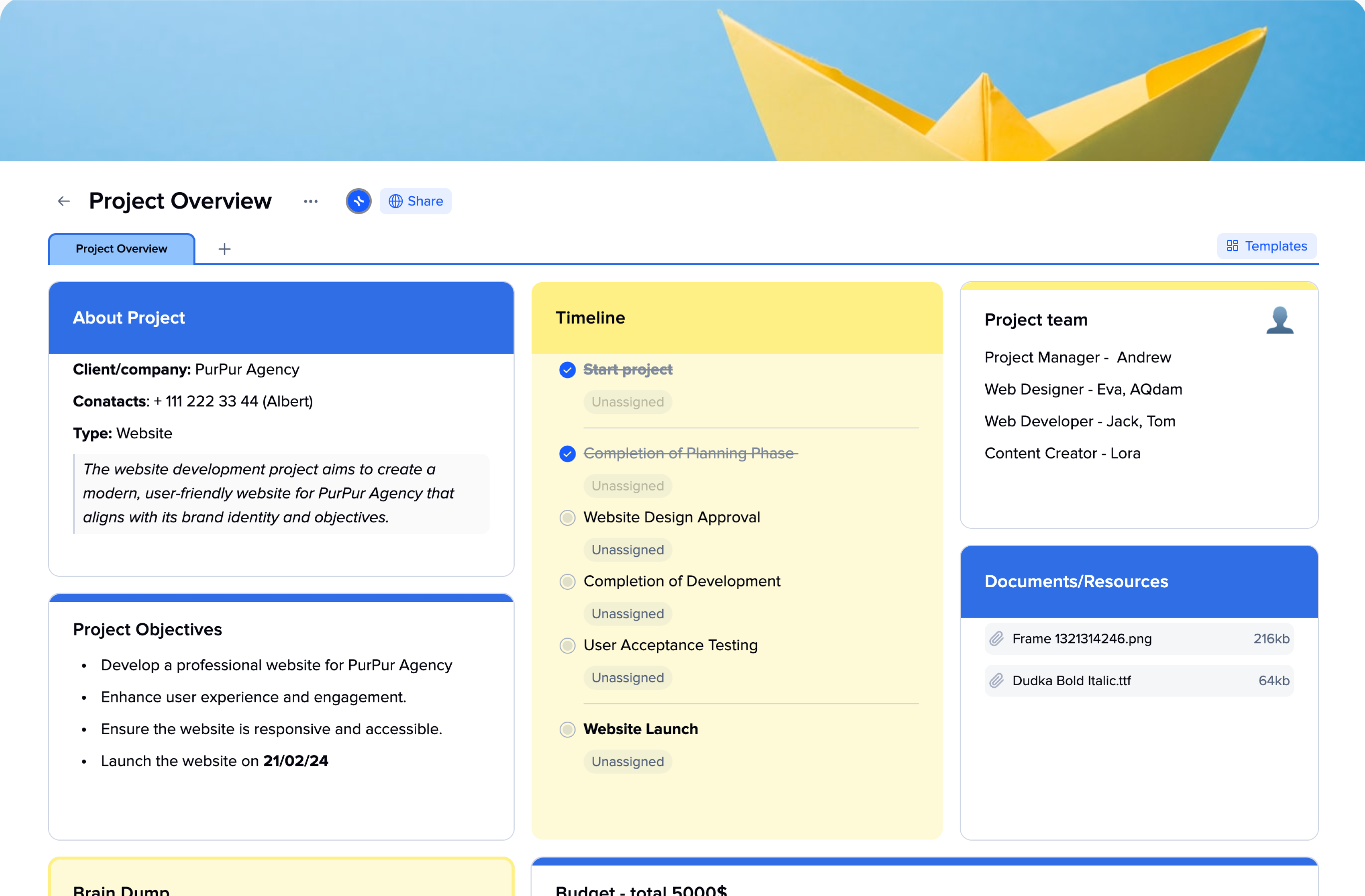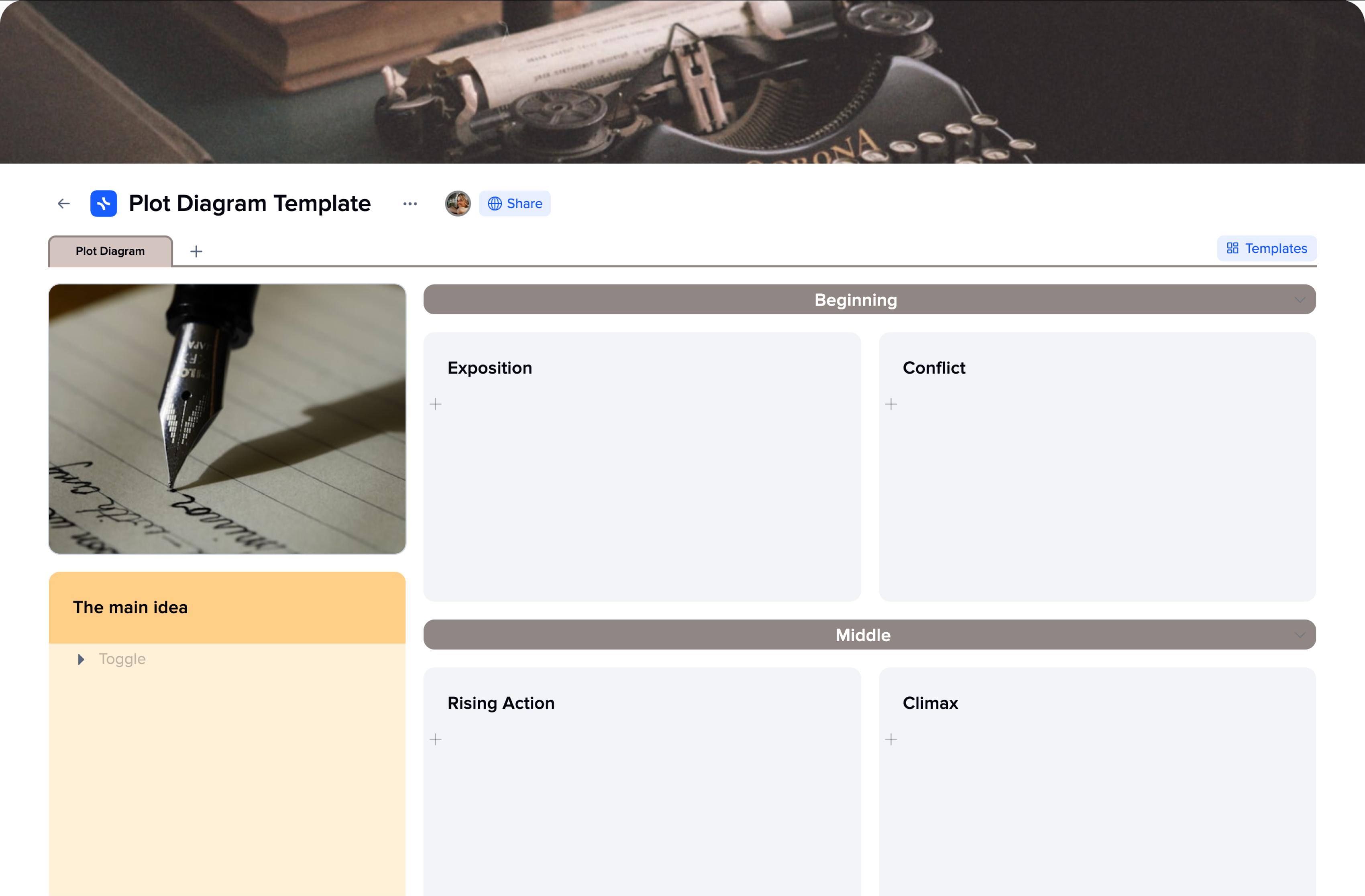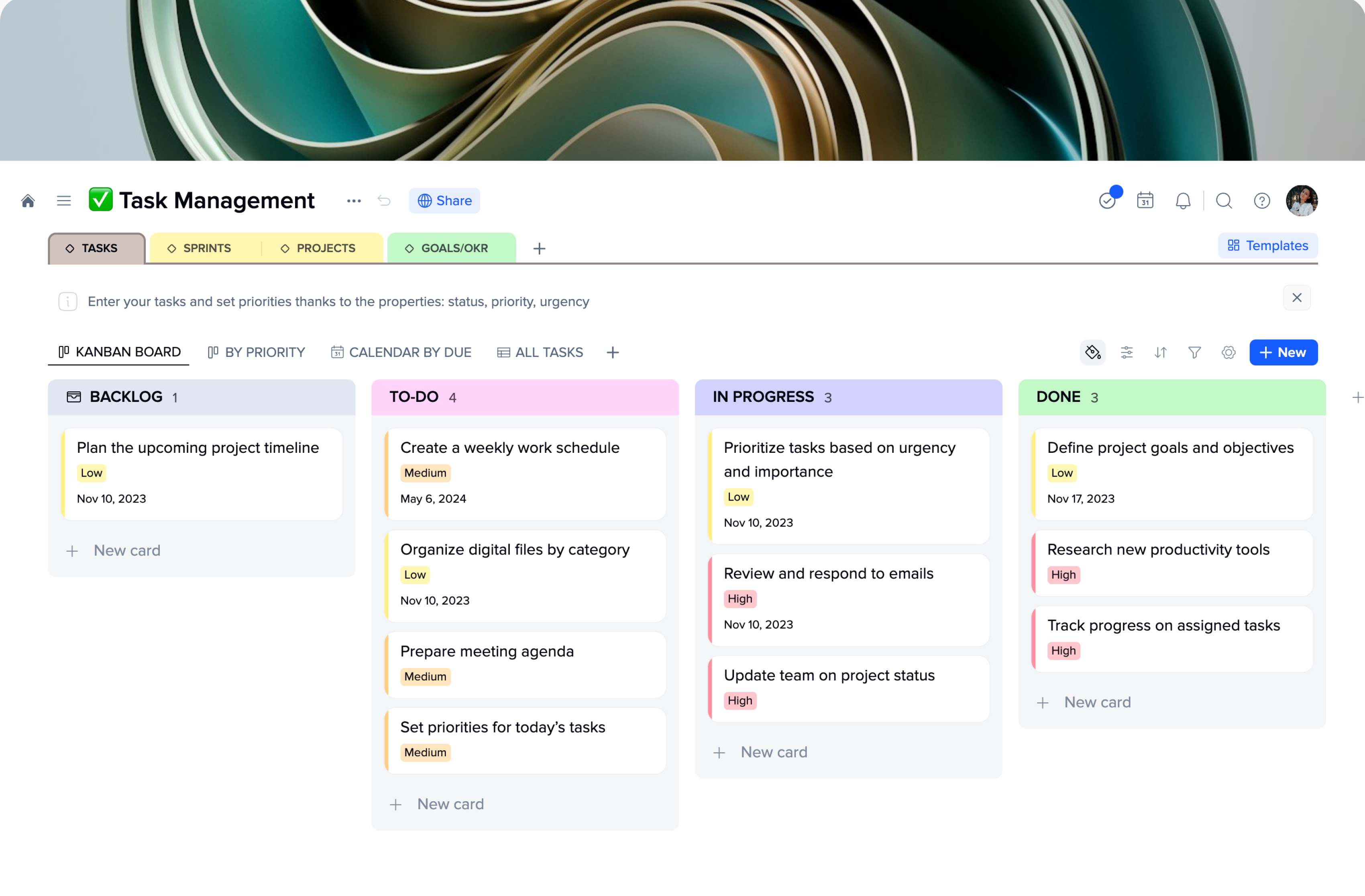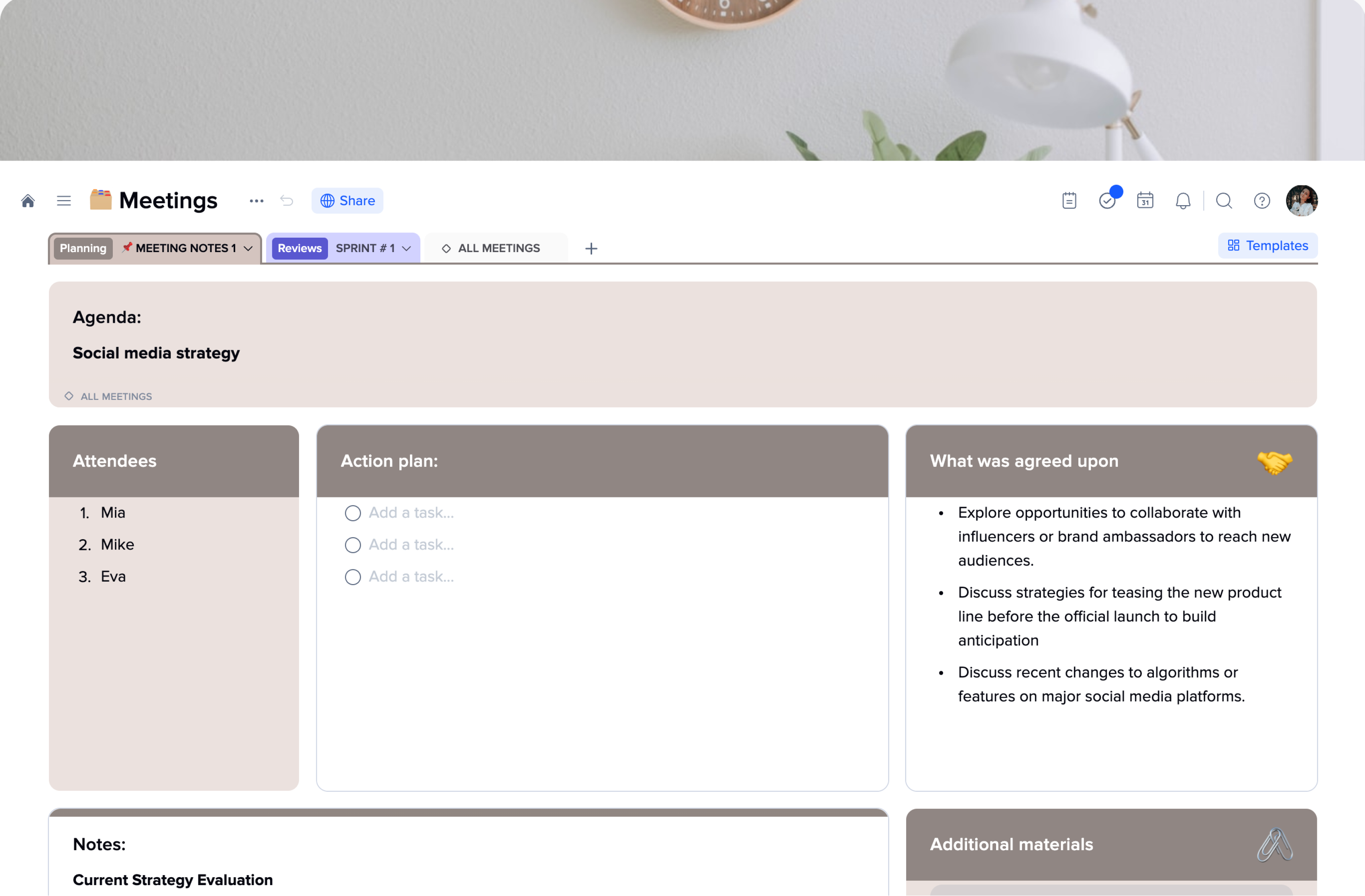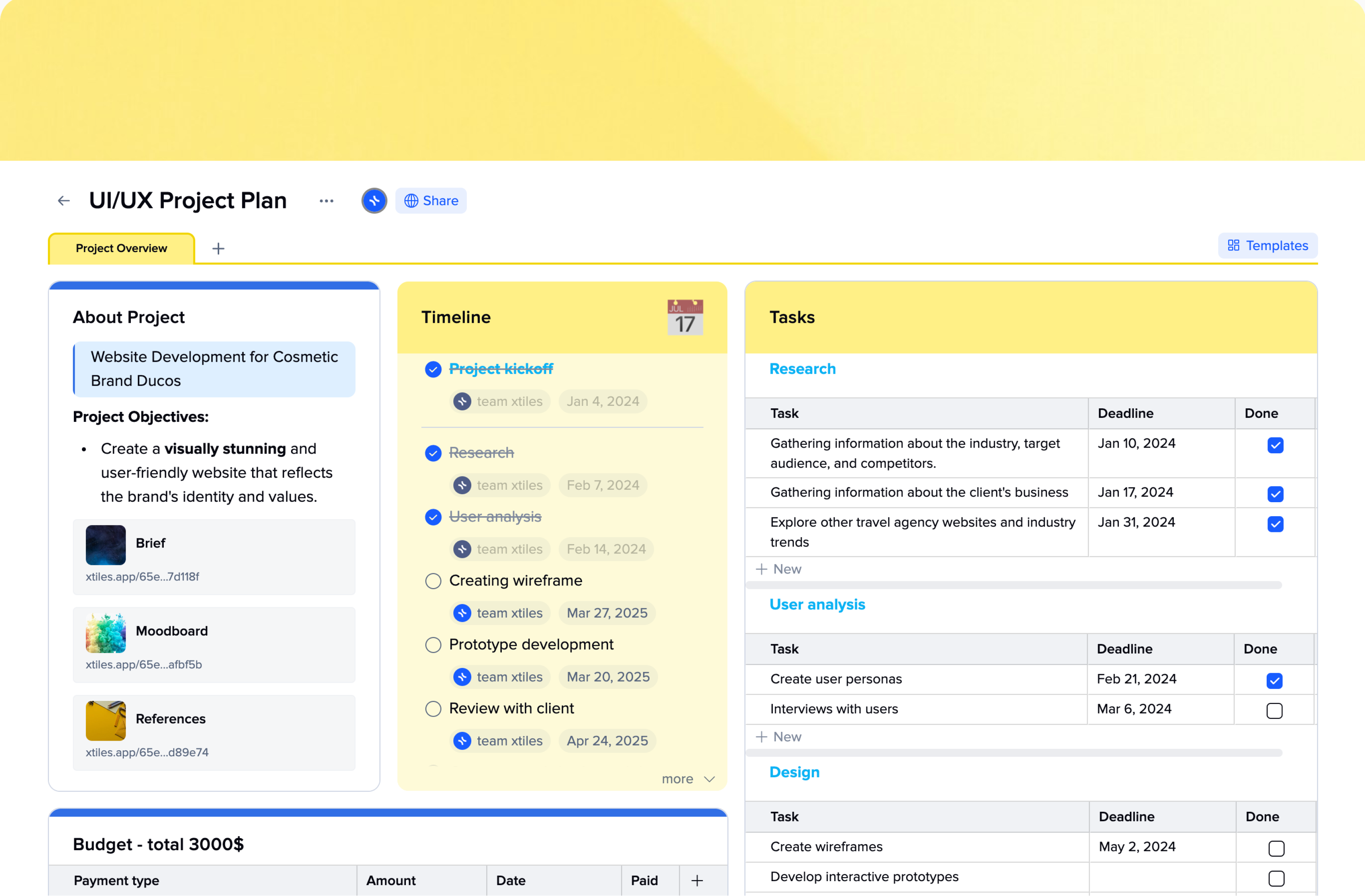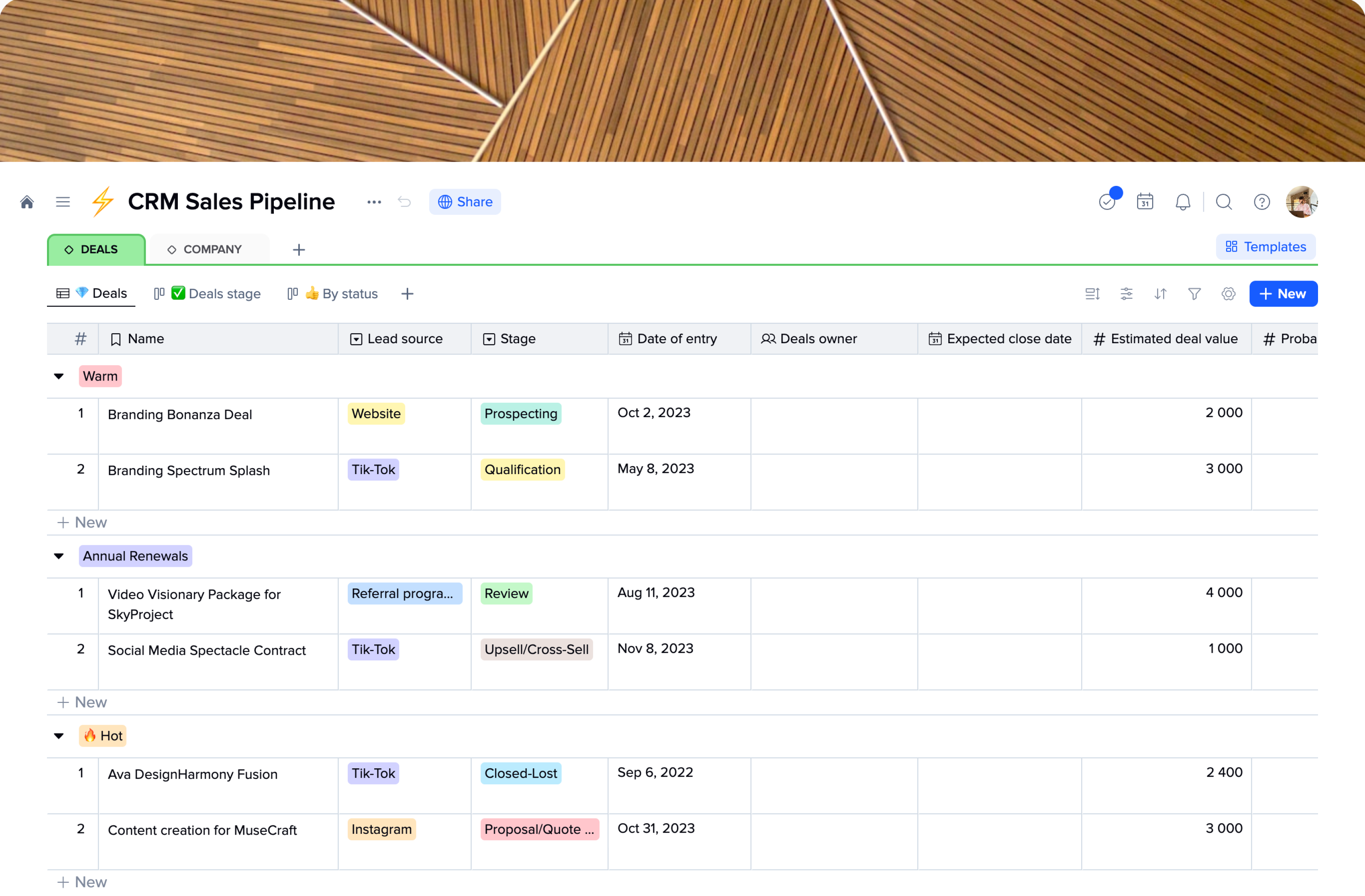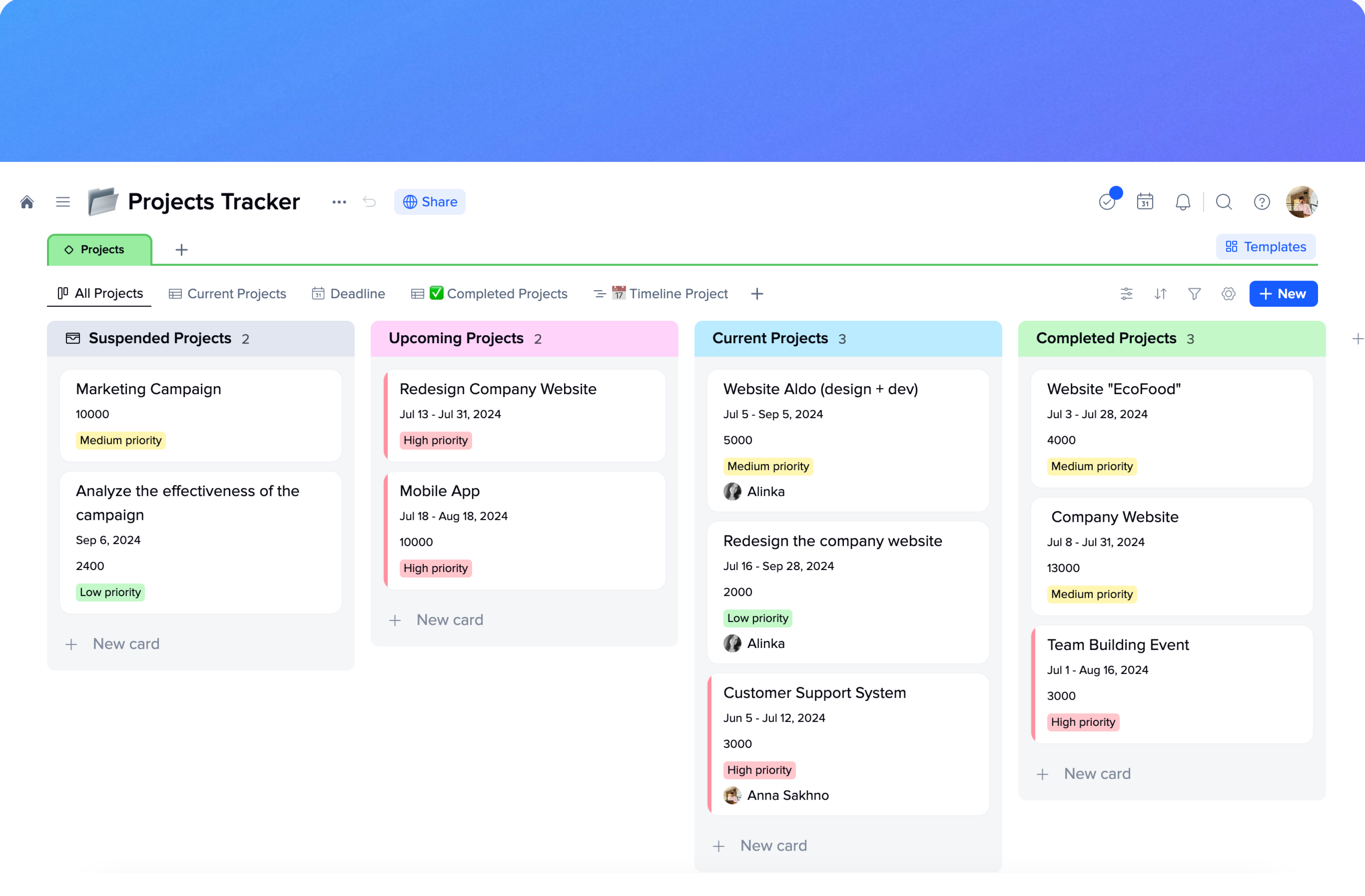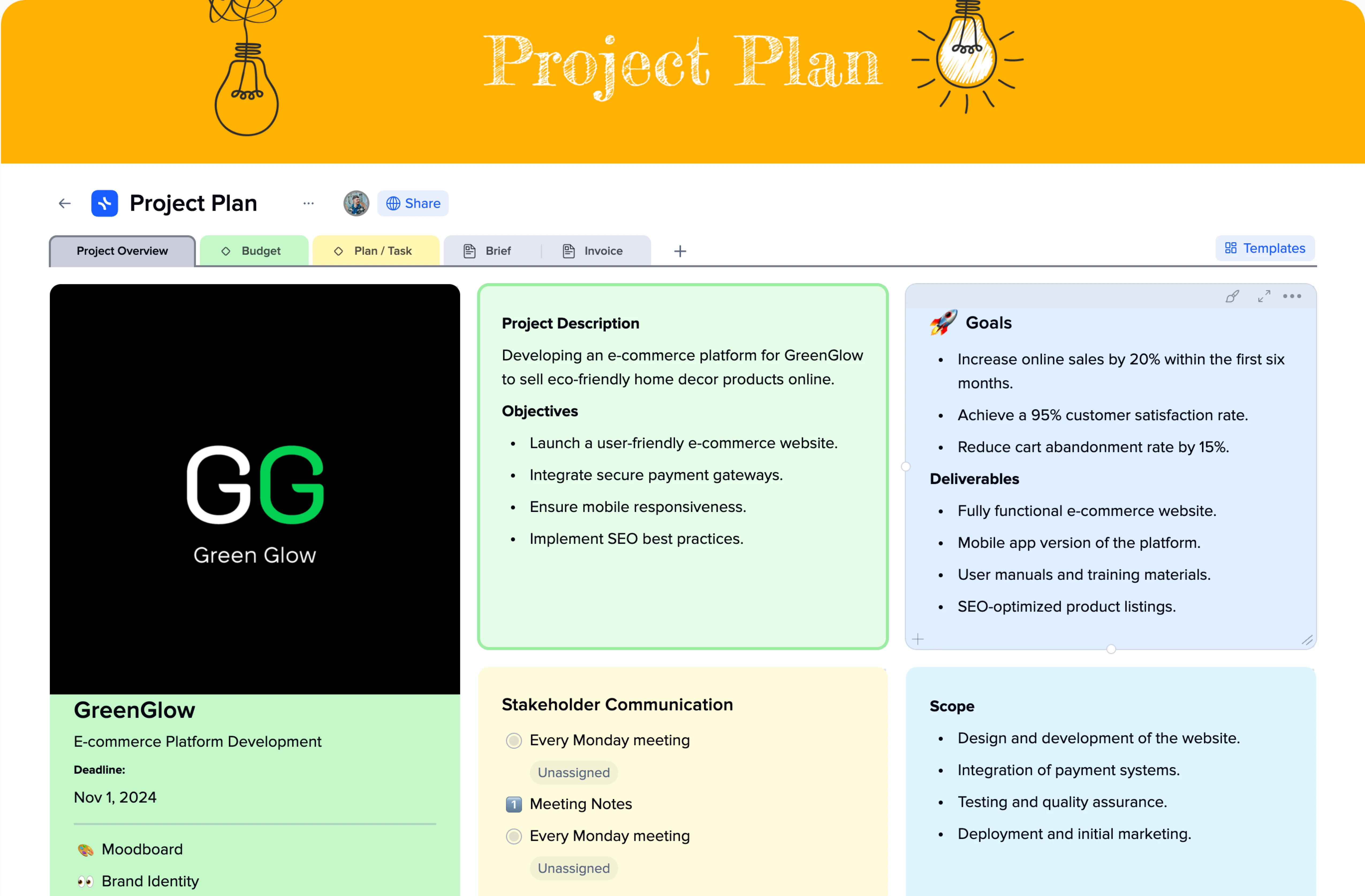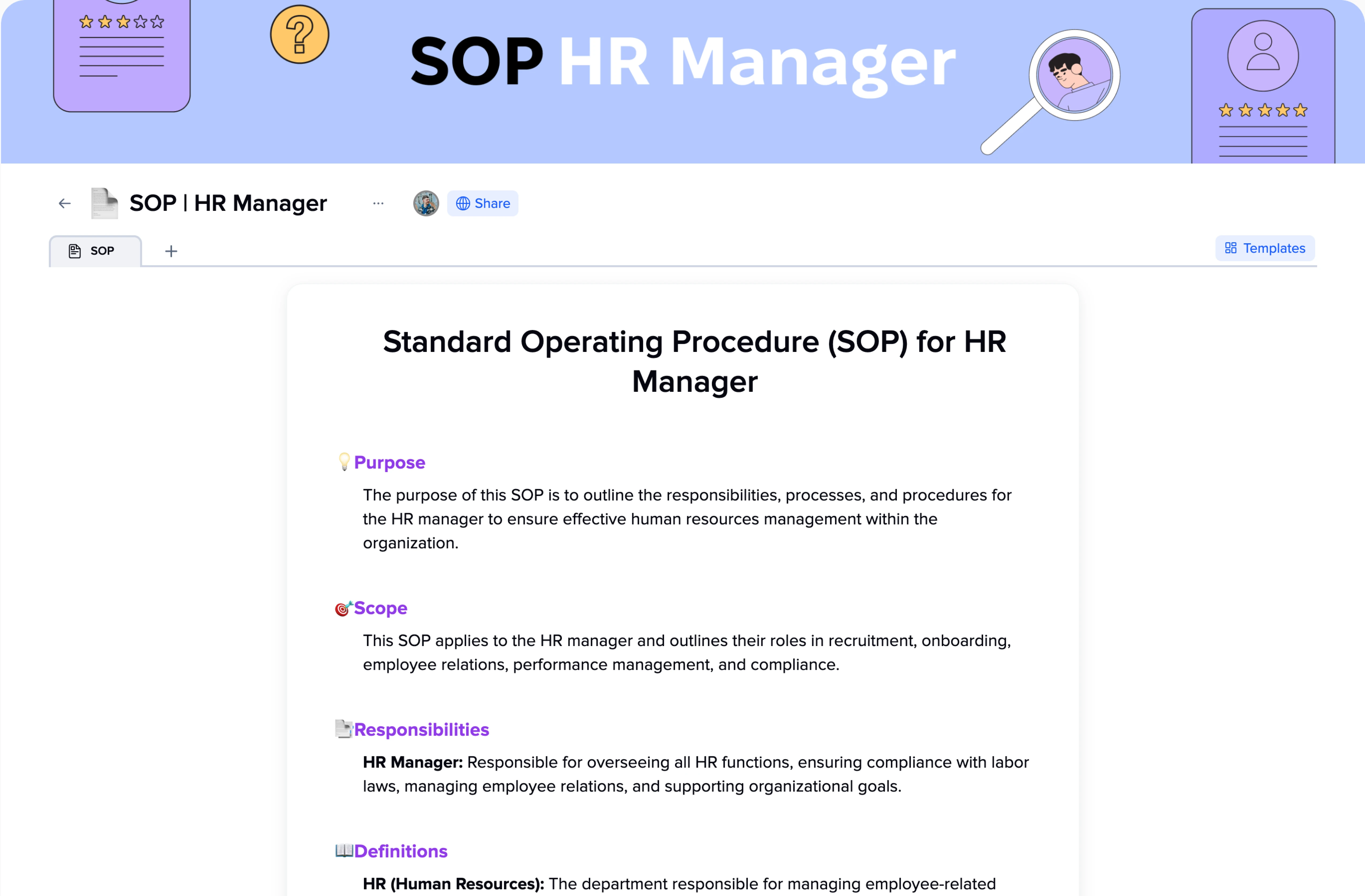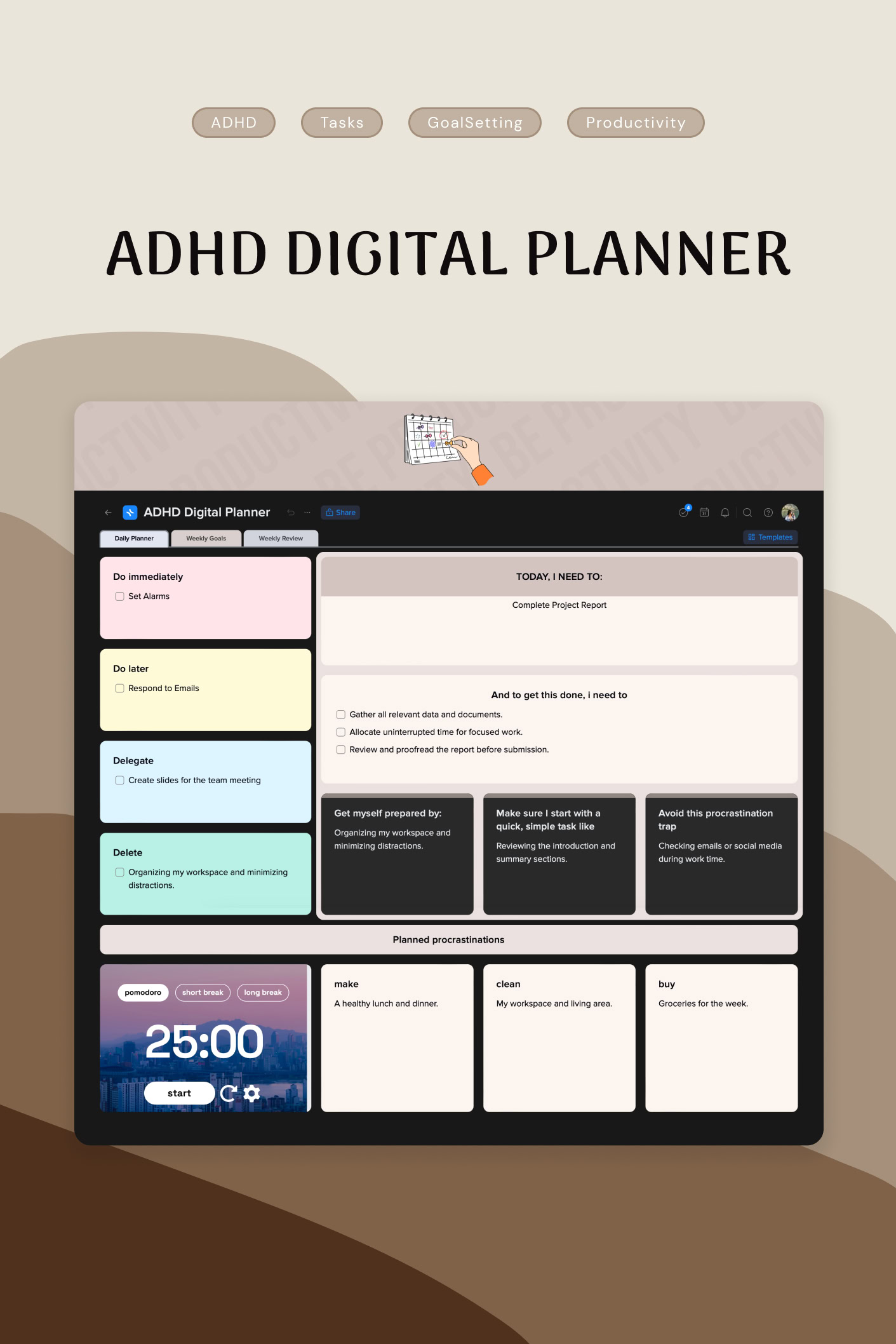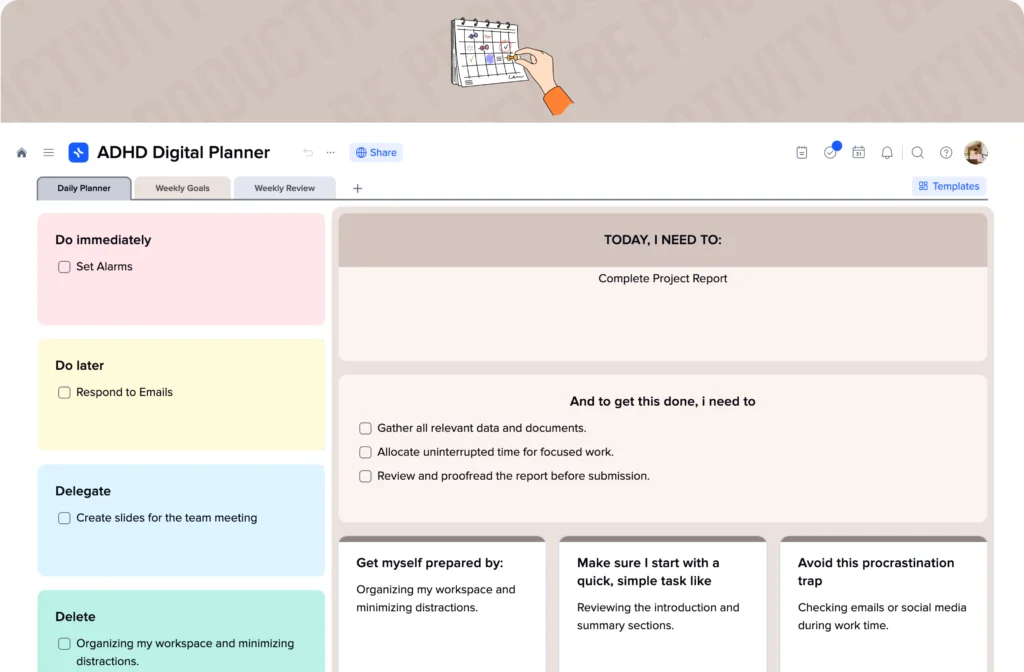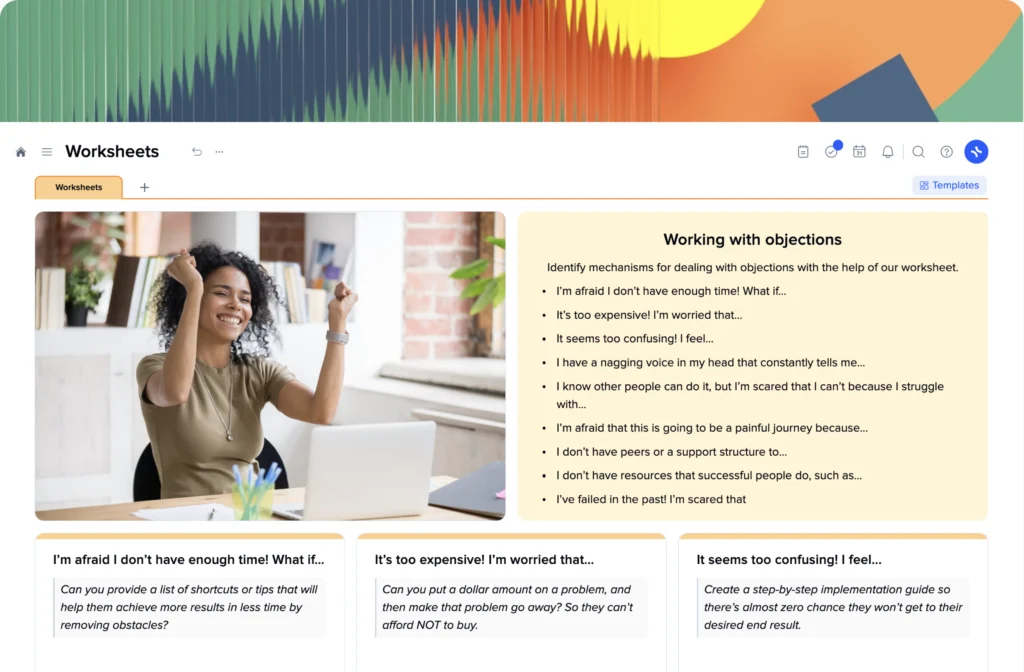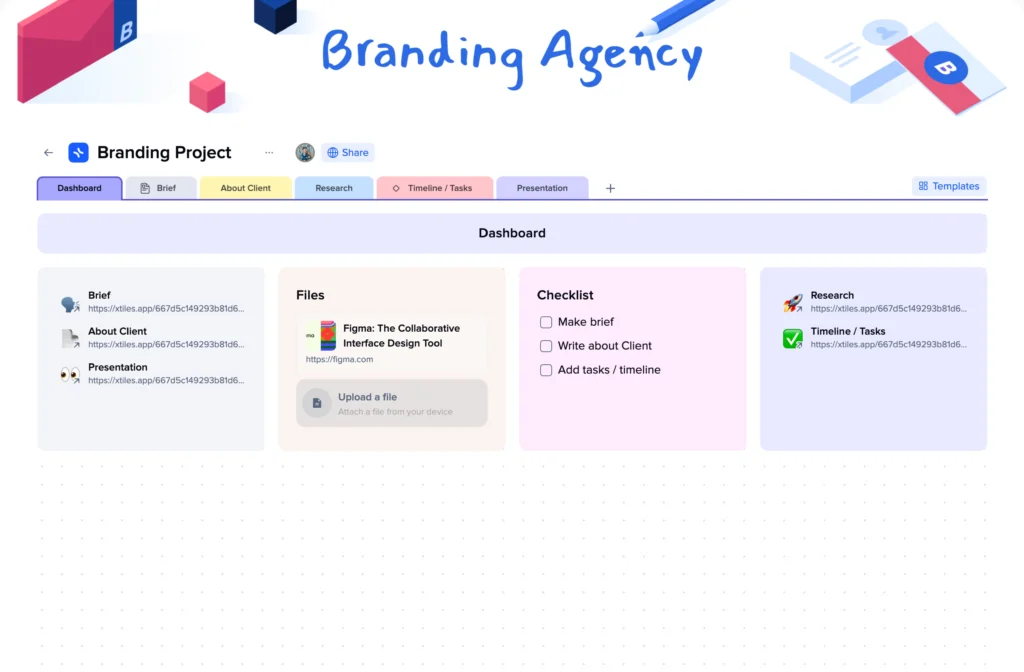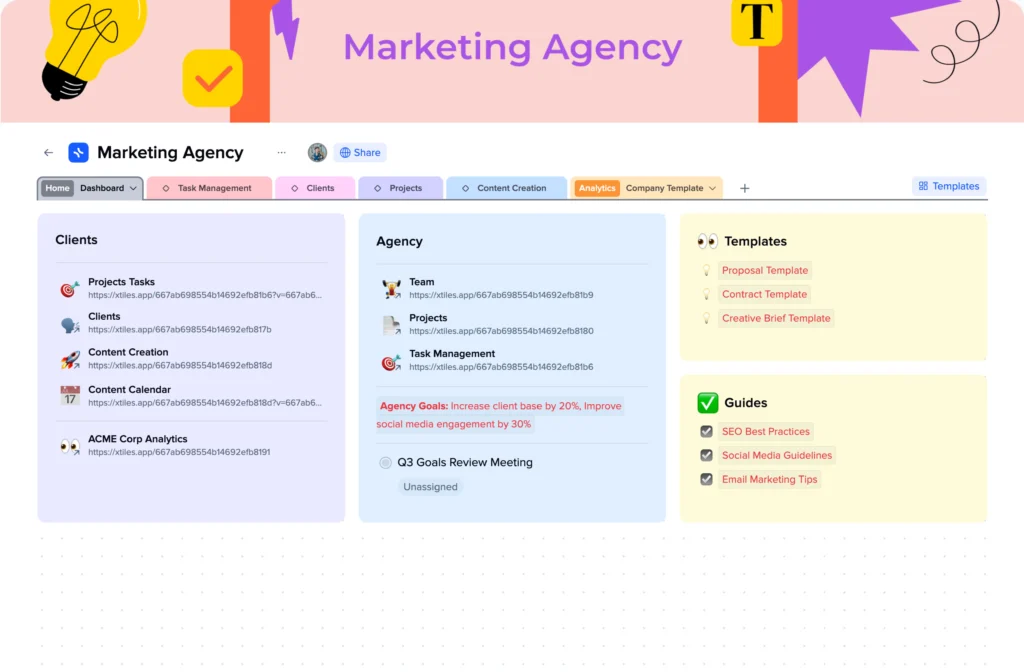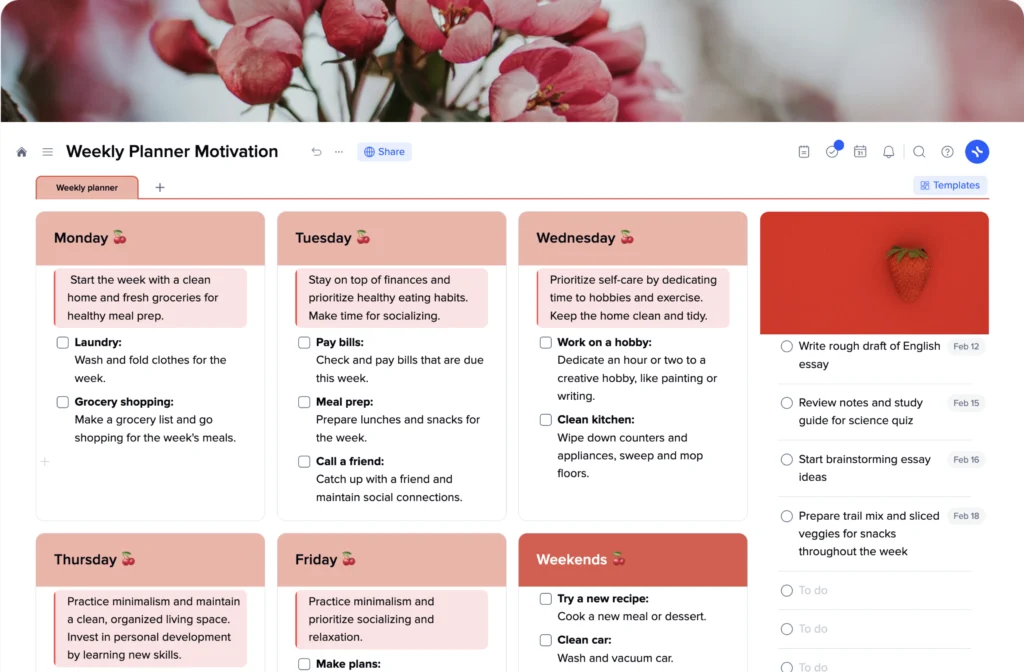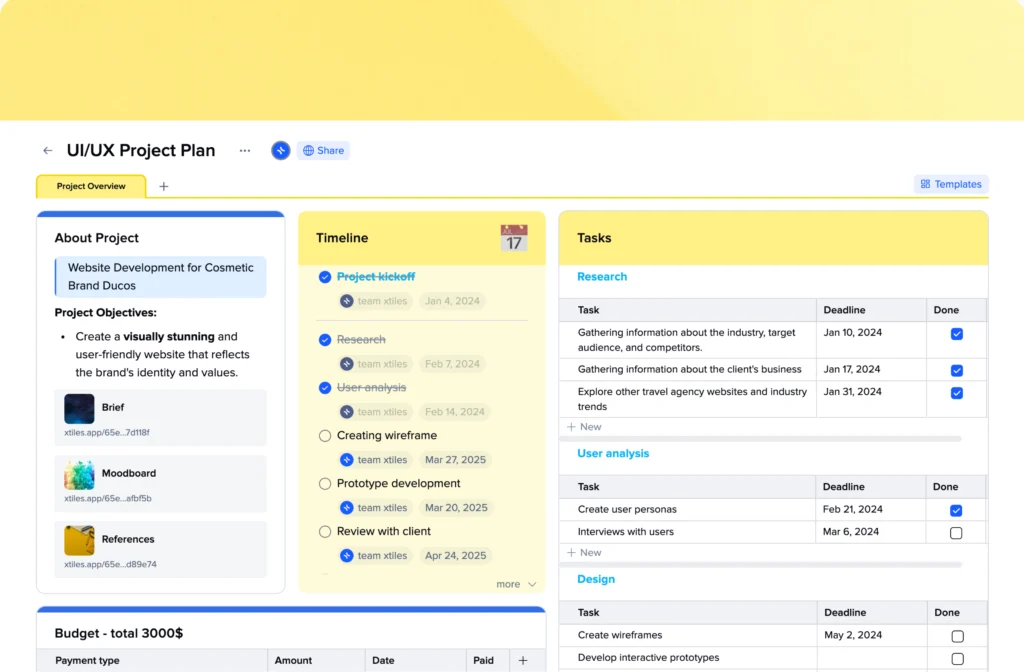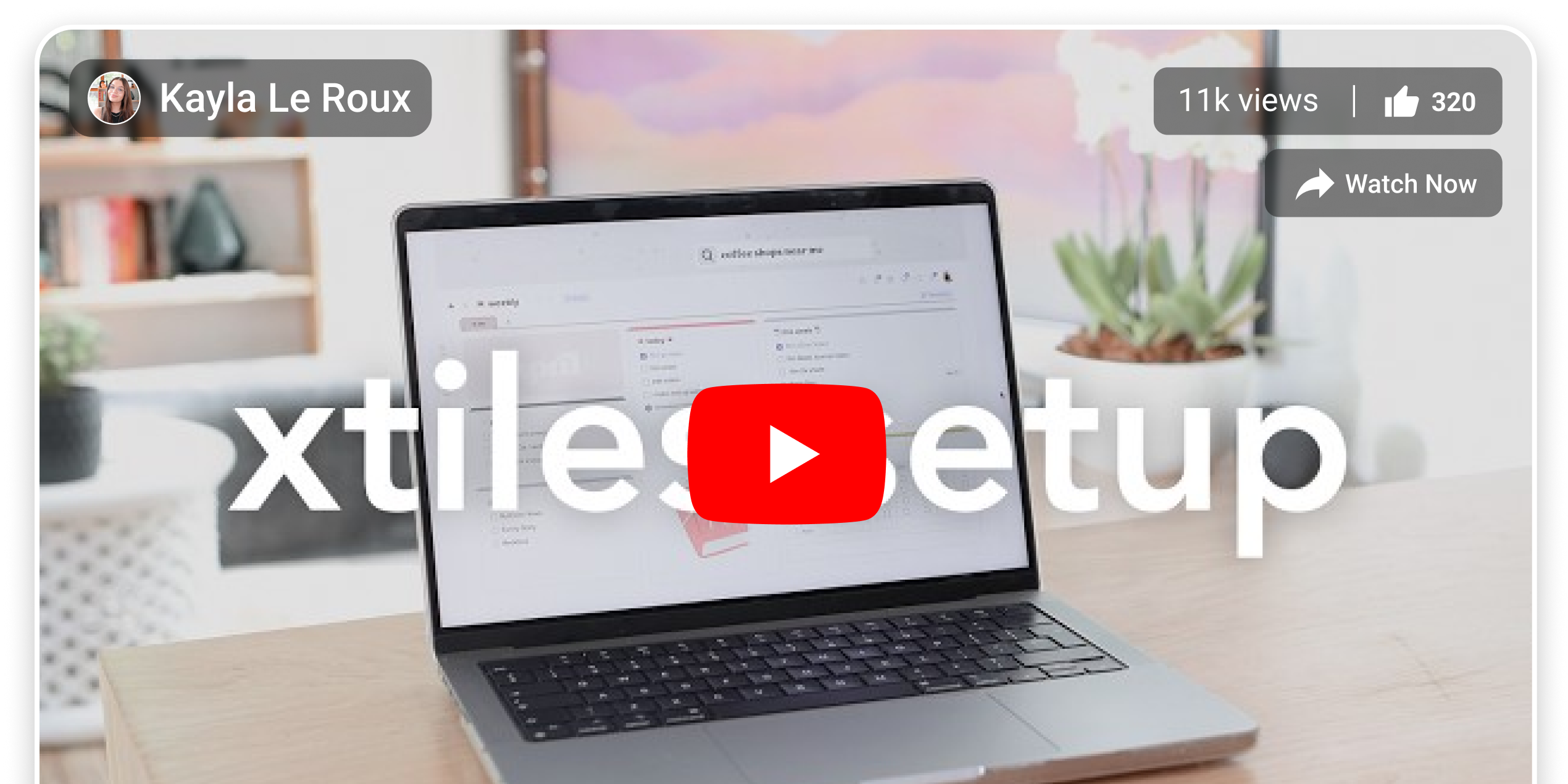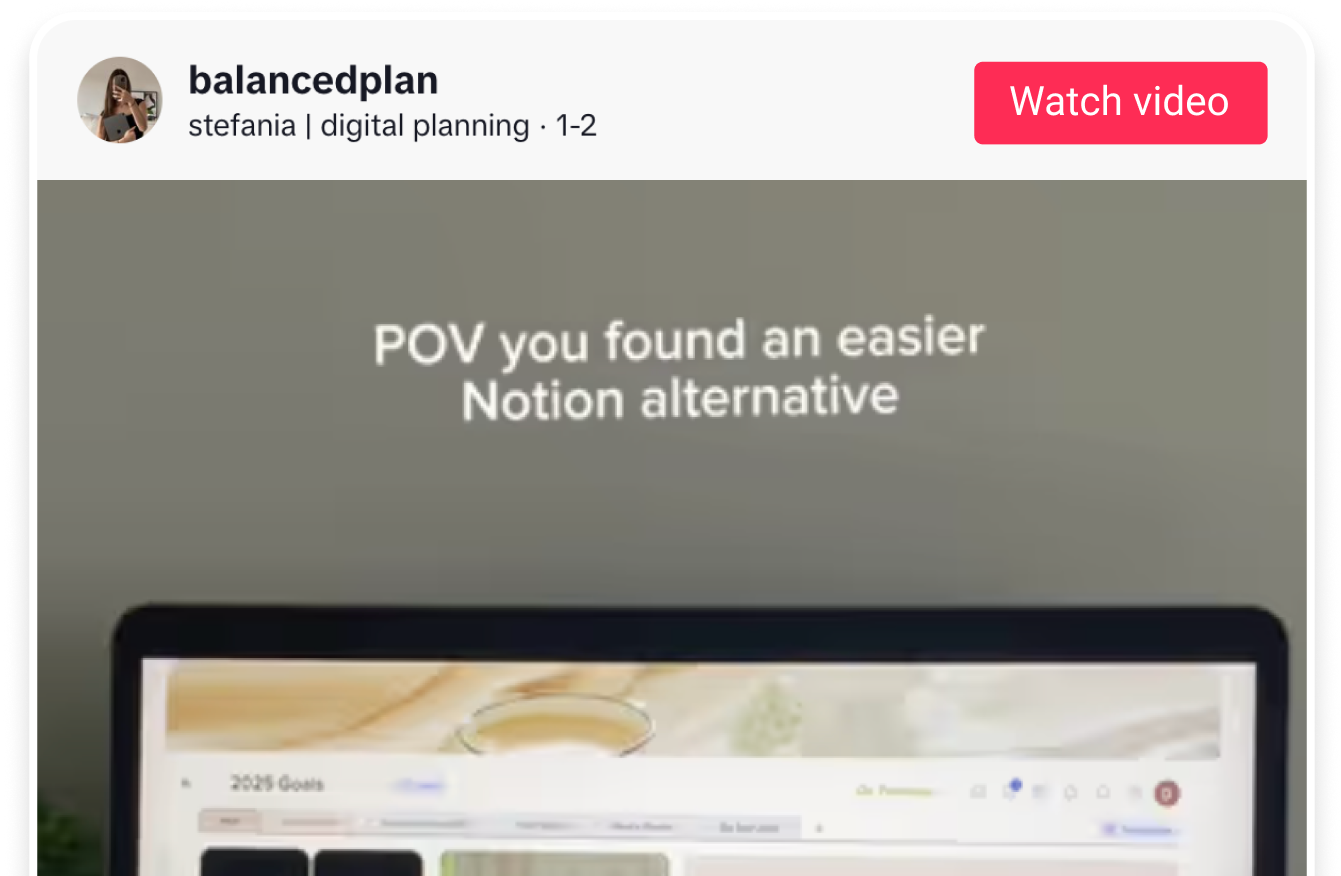Project Overview Template
He who owns the information owns the world. In project management, who owns the information leads successful projects, establishes a healthy work environment inside a team, and delivers products on time.
The project overview is a tool to monitor how your project is going, its key metrics, milestones, challenges it faces, etc. It is a starting point for effective decision-making for a manager.
A project overview template is a shortcut to easy and successful tracking projects, especially if there are a couple of them being developed simultaneously. Being a pre-designed framework, the template allows managers, team members, and stakeholders to keep track of up-to-date data about projects current status.
The xTiles Project Overview Template is a ready-to-use template for a wide variety of cases and projects with various customization options, the ability to share with anyone on the internet, and quick access from mobile devices while on the run.
Additionally, we offer you a project overview example and a brief yet comprehensive guide on how to create your own statement.
What is a project overview?
A project overview statement serves as a concise and informative document that outlines the key elements of a project. It includes a brief but comprehensive description of the project, its purpose, objectives, and anticipated outcomes.
That document’s main purpose is to ensure that everyone involved has a shared understanding of the project’s fundamentals before detailed planning can be started and nothing gets missed.
Similar to a Project Charter or Project Brief, the project overview statement plays a crucial role in garnering support and paving the way for the project’s progression into the execution phase.
Produced during the initiation stage, it serves as a high-level summary of the project’s scope and aims to align all involved parties. It helps teams and managers easily encompass and showcase the following key elements of a project:
Project purpose: Clearly articulates the underlying reason and motivation for undertaking the project.
- Project purpose
It clearly articulates the underlying reason and motivation for undertaking the project.
- Business need
It identifies the specific business problem or opportunity that the project aims to address or leverage.
- Objectives
It clearly defines goals and desired outcomes that the project seeks to achieve within a specified timeframe.
- Budget and resources required
Outlines the estimated financial resources required for the successful implementation of the project. Also, identifies the necessary personnel, equipment, materials, or other resources essential for project success.
- Risks and issues
It highlights potential risks, challenges, and known issues that the team might face while implementing the project.
- Expected results
It provides an overview of the anticipated deliverables, outcomes, or benefits that will be realized upon successful project completion.
It is advisable to keep the project management overview limited to a single page or a couple of slides. This brevity encourages clarity and precision, allowing the document to convey essential information concisely. By adhering to this page restriction, the overview statement remains an accessible and easily digestible reference for stakeholders.


